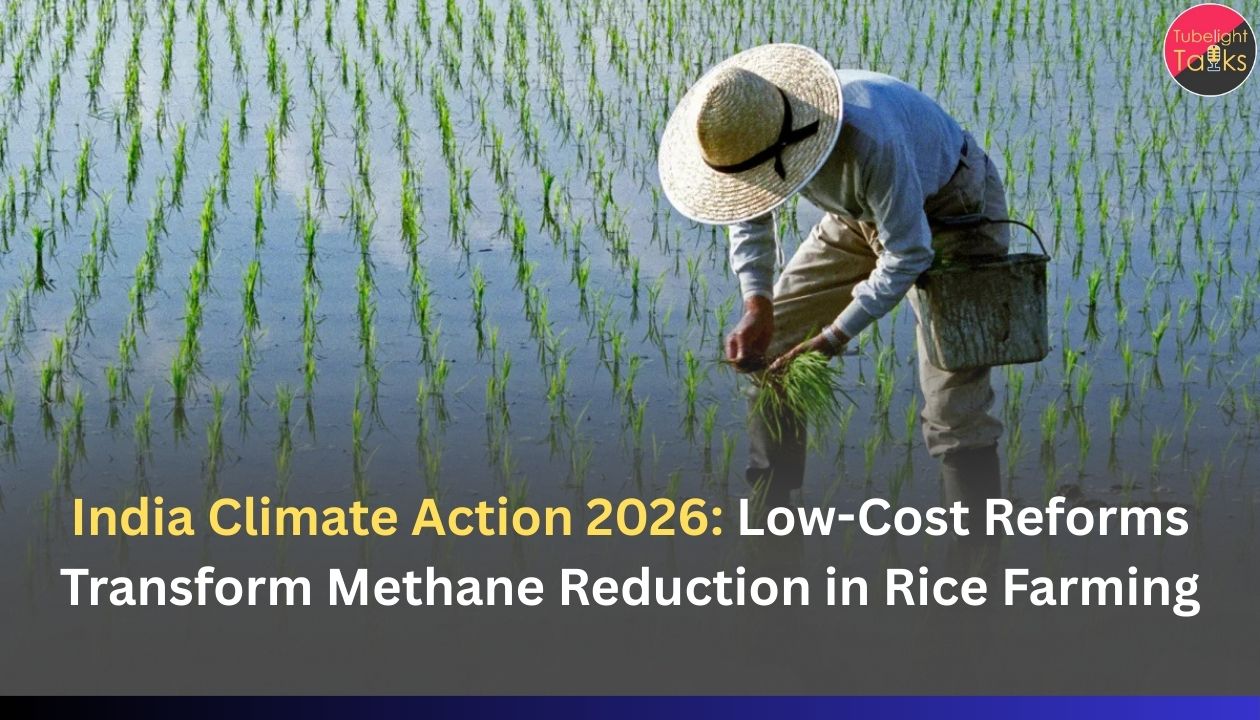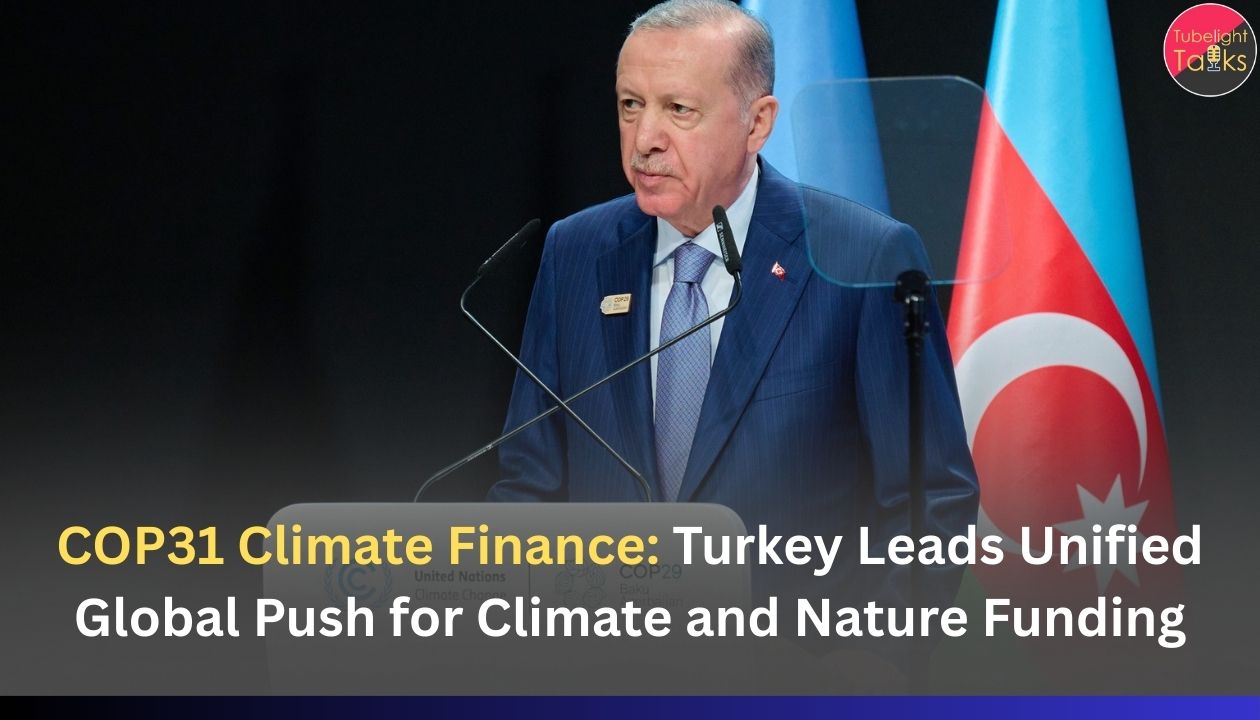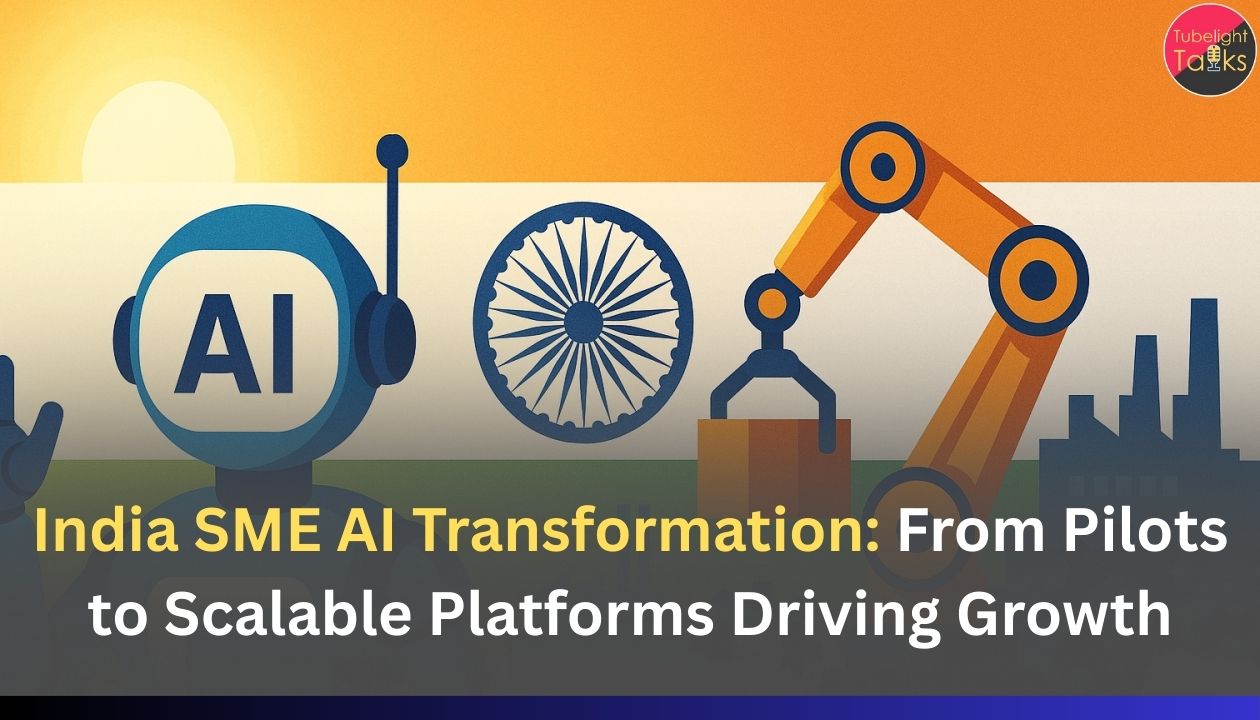India’s Climate Turning Point: In 2026, India emerged as a global leader not just in reducing emissions but also in adopting comprehensive climate adaptation strategies to combat intensified heatwaves, devastating floods, and rising food prices. This paradigm shift reflects a recognition that mitigation alone cannot shield vulnerable communities and sectors from climate impacts.
Instead, India integrated innovative policies, infrastructure resilience projects, and community-based approaches that aim to fortify the country’s socio-economic fabric against current and future climate shocks.
Addressing Heatwaves: Cooling Cities and Protecting Livelihoods
Urban Cooling and Innovative Cooling Technologies
In response to record-breaking heatwaves, India invested heavily in urban cooling initiatives—urban forestry, reflective surfaces, and green infrastructure—reducing the heat island effect. Additionally, adoption of passive cooling technologies in residential and commercial buildings lowered energy consumption and health risks, especially among vulnerable populations.
Agricultural Adaptation to Heat Stress
Farmers adopted heat-tolerant crop varieties, advanced irrigation, and climate-smart farming techniques. These measures minimized crop losses during extreme heat events, stabilizing food supply chains and incomes despite rising temperatures.
Flood Management and Resilient Infrastructure
Flood Prediction, Early Warning, and Floodplain Restoration
Hydrological modeling and satellite-based monitoring enhanced flood early warning systems, saving lives and reducing property damage. Restoring natural floodplains and constructing raised embankments minimized flood risks and preserved ecosystems.
Building Climate-Resilient Cities
Smart urban planning incorporated flood-resistant infrastructure, permeable pavements, and climate-proof drainage systems. Cities like Mumbai and Chennai adopted integrated resilience plans, turning vulnerability into strength.
Rising Food Prices and Food Security Measures
Diversification and Local Food Systems
India promoted diverse cropping systems, agroforestry, and local food markets to reduce dependency on imports and stabilize prices. Community seed banks and indigenous crop conservation strengthened food security and resilience to price shocks.
Policy Reforms and Social Safety Nets
Government programs expanded food subsidies, urban food security schemes, and targeted social safety nets for vulnerable populations. Digitized supply chains and real-time monitoring prevented stock-outs and reduced inflationary pressures.
Balance and Resilience
The teachings of Sant Rampal Ji Maharaj emphasize righteousness, balance, and harmony with nature. The climate crisis underscores the importance of living truthfully and ethically, respecting the environment as a divine gift. Satgyan encourages adopting sustainable, resilient lifestyles and policies rooted in truth and collective welfare, showing that harmony with nature brings protection and prosperity.
India’s focus on climate adaptation in 2026 embodies this higher spiritual message, transforming vulnerability into strength through righteous action.
Key Facts
- India invested heavily in climate adaptation projects, focusing on heatwave-resilient cities, flood management, and food security in 2026.
- Urban cooling, green infrastructure, and passive cooling technologies significantly reduced heat stress and energy use.
- Flood early warning systems and ecosystem restoration lowered flood risks and protected biodiversity.
- Diverse cropping, agroforestry, and local food markets enhanced food security amid rising prices.
- Social safety nets and digitized supply chains minimized inflationary impacts and food shortages.
- The shift toward adaptation reflects a holistic approach aligning climate resilience with sustainable development.
Experts on India’s Climate Strategy and Resilience
Climate Scientists and Urban Planners
They commend India’s integrated approach to urban resilience, emphasizing nature-based solutions and community engagement as key to handling climate risks.
Socio-Economic Researchers
Experts stress the importance of social safety nets and inclusive policies to ensure that adaptation measures do not leave vulnerable populations behind, fostering equity alongside resilience.
Future Outlook: Climate Resilience as a National Priority
Strengthening Community-Led Adaptation
Scaling grassroots efforts, local innovations, and participatory planning will be vital for sustaining resilience across diverse regions.
Integrating Climate and Development Goals
Sustainable development policies will increasingly integrate climate adaptation, improving economic stability and environmental health simultaneously.
Also Read: India Climate-Tech Race: 10 Emerging Technologies Driving Global Planetary Health Solutions
FAQs: India’s Climate Turning Point
1. What made 2026 a milestone year for climate adaptation in India?
Intensified heatwaves, floods, and rising food prices prompted a strategic focus on resilience.
2. How did India reduce heat-related impacts?
Through urban cooling, passive building technologies, and climate-smart agriculture.
3. What measures helped combat floods?
Early warning systems, floodplain restoration, and climate-resistant urban planning.
4. How did India address rising food prices?
Diversification, local food systems, and social safety programs.
5. What does Sant Rampal Ji Maharaj say about resilience?
He advocates for living truthfully, ethically, and in harmony with nature to protect and prosper collectively.
This comprehensive overview synthesizes latest climate reports, expert insights, and policy actions, highlighting how India’s strategic shift toward adaptation made 2026 a landmark year in climate resilience.










